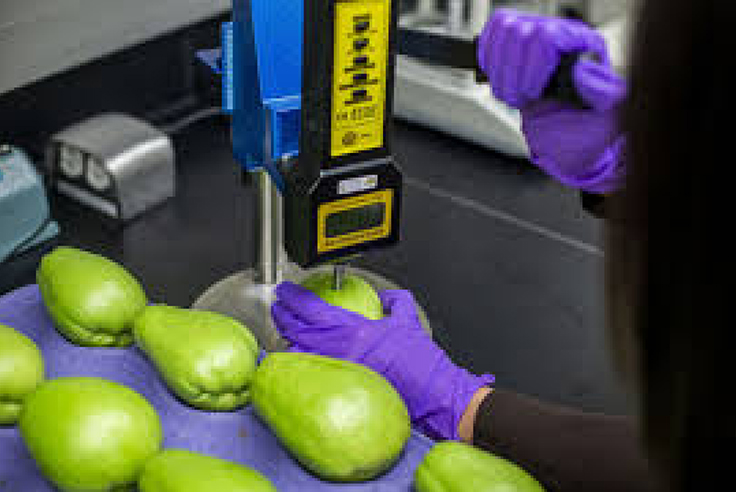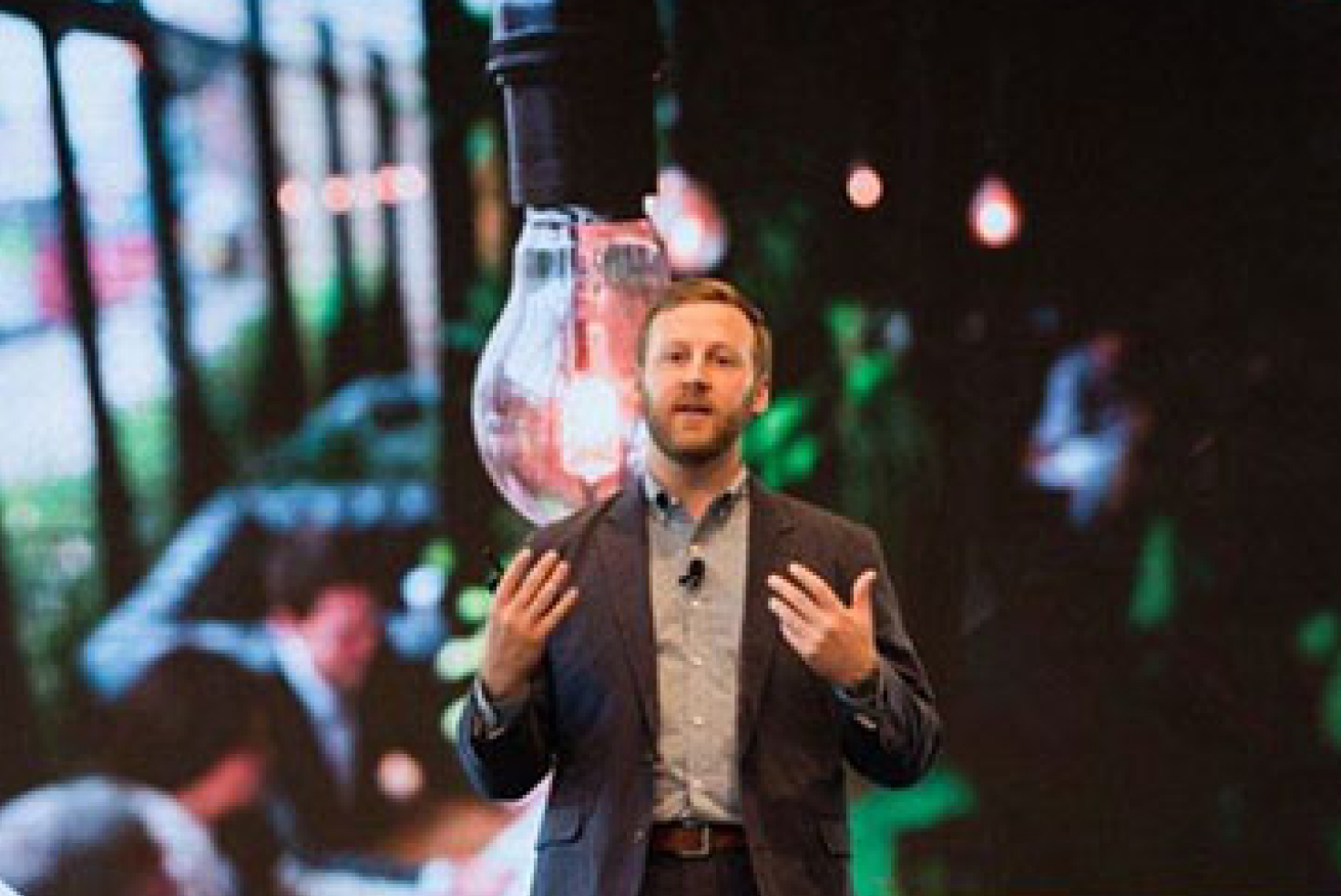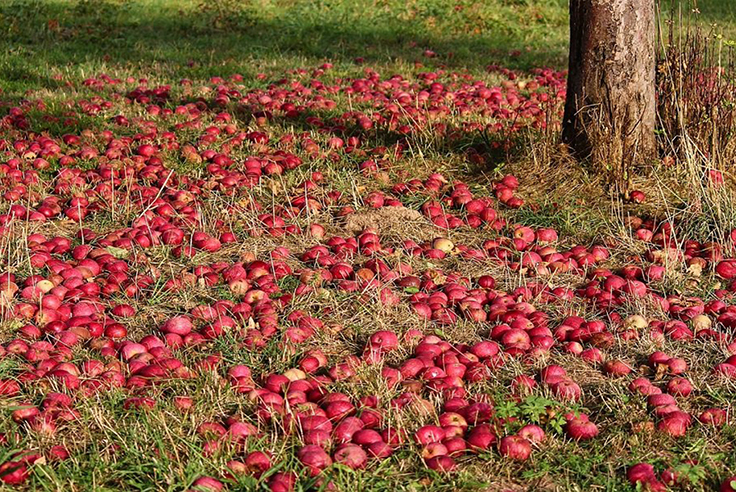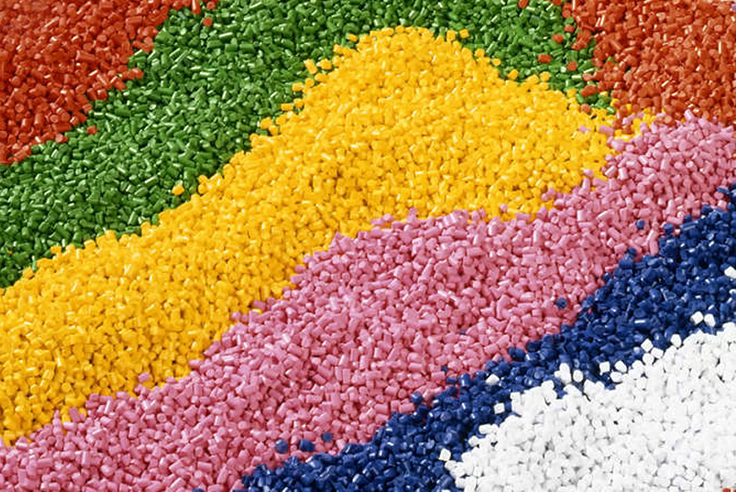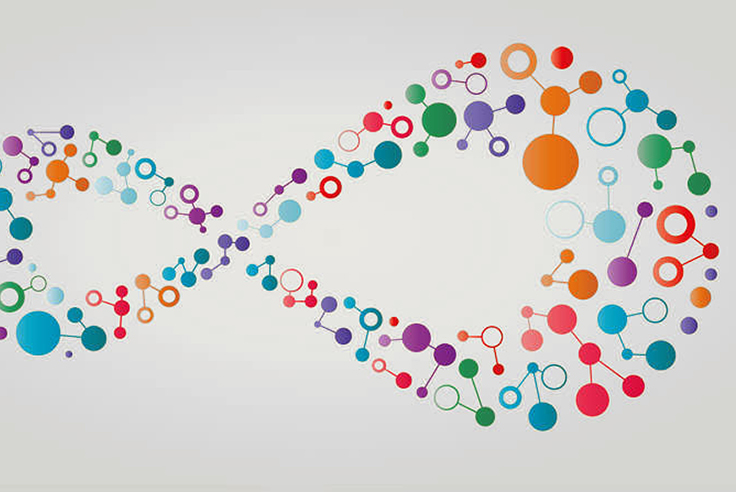ReFed Report
Closed Loop Foundation is a leading supporter of ReFed, a report determining food waste solutions based on their ability to merge strong economic returns with optimal social and environmental benefits.
Every year, American consumers, businesses, and farms spends $218 billion a year, or 1.3% of GDP, growing, processing, transporting, and disposing of food that is never eaten. That’s 52 million tons of food sent to landfill annually, plus another 10 million tons that is discarded or left unharvested on farms. Meanwhile, one out of seven people in America are food insecure.
ReFED is a collaboration of over 50 business, nonprofit, foundation, and government leaders committed to reducing food waste in the United States. ReFED seeks to unlock new philanthropic and investment capital, along with technology, business, and policy innovation, which is projected to catalyze tens of thousands of new jobs, recover billions of meals annually for the hungry, and reduce national water use and greenhouse gas emissions. ReFED was formed in early 2015 to create The Roadmap to Reduce U.S. Food Waste, the first ever national economic study and action plan driven by a multi-stakeholder group committed to tackling food waste at scale.
Statistics
Food waste consumes 21% of all freshwater
Food waste consumes 19% of all fertilizer
Food waste consumes 18% of cropland
Food waste consumes 21% of landfill volume
ReFED’s Work
ReFED has identified 27 of the best opportunities to reduce food waste through a detailed economic analysis. The solutions were analyzed using the EPA Food Recovery Hierarchy — which prioritizes prevention first, then recovery, and finally recycling — as a starting point. Additional filters of economic value and feasibility were incorporated to understand the potential for scaling solutions.
Prevention is the first step in reducing the amount of waste being produced
- ReFED identified 12 solutions in the prevention phase to reduce food waste including: standardized date labeling, consumer education campaigns, packaging adjustments, spoilage prevention packaging, waste tracking and analytics, trayless dining, smaller plates, cold-chain management, manufacturing line optimization, improved inventory management, produce specification standards and secondary resellers.
- The prevention phase is where we see the highest financial benefits and total amount of water saved among the 27 opportunities to reduce food waste
Recovery is the second step in developing solutions for the redistribution of food to people in need
- ReFED identified 7 solutions in the recovery phase to reduce food waste including: donation matching software, standardized donation regulation, donation liability education, value-added processing, donation storage and handling, donation transportation and donation tax incentives.
- The recovery phase is where we see the highest number of meals recovered among the 27 opportunities to reduce food waste.
Recycling is the final step in developing solutions for the repurposing of food waste as energy, agricultural and other products
- ReFED identified 8 solutions in the recycling phase to reduce food waste including: centralized composting, centralized anaerobic digestion (AD), community composting, water resources recovery facility with AD, home composting, animal feed, in-vessel composting and commercial greywater aerobic digestors.
- The recovery phase is where we see the highest amount of waste diverted and jobs created among the 27 opportunities to reduce food waste.
Capital Landscape Study
Understanding the social, environmental and economic benefits of the circular supply chain model.
The Closed Loop Fund was created to catalyze investment through the deployment of catalytic capital to scalable public and private models and innovations within circular supply chains. Our unique approach is helping to grow innovations and scale successful business models in the circular supply chain.
Statistics
In the US, municipalities are paying more than $5 billion a year to landfill recyclables, food, clothing and electronics
$80-$120 billion of economic value from plastic packaging material is lost each year
$2 trillion in annual US revenues generated by circular manufacturing
Our Work
In 2017, Closed Loop Partners and Closed Loop Foundation conducted a study of the capital landscape supporting circular supply chains in North America. We looked at recent trends in investment activity, unmet demand, nearterm forecasts, and projections to achieve a fully circular infrastructure by 2030.
Through a series of surveys, interviews, and analyses of third-party data, we have gained several key insights about where capital is – and is not yet – flowing. Findings represent data from more than 130 municipalities, 440 private companies, and 260 investors, in addition to numerous experts who have advised us throughout this process. The research was conducted by Closed Loop Foundation with support from the Goldman Sachs Center for Environmental Markets and Wells Fargo Foundation.
The Cost of Linear Models
- Linear supply chains cost us too much. In the US, municipalities are paying more than $5 billion a year to landfill recyclables, food, clothing and electronics. Globally, $80-$120 billion of economic value from plastic packaging material is lost each year.
- Underpinning the linear economy is investment capital. In our research, we found approximately $10 billion a year in relevant deals, though much of it is supporting this linear infrastructure.
The Upside: Transitioning From a Linear to a Circular Supply Chain
We are missing a tremendous opportunity to unlock trillions in economic value and create a lasting positive impact on the environment. In our analysis, the upside of building a circular supply chain has dramatic social, environmental, and economic benefits, including:
- 30 million more households with access to convenient recycling
- 80 million tons of material recovered from residential single stream recycling – a lift of 4x
- 250-350 million metric tons of CO2 equivalent reduced
- $7 billion in new revenue opportunities from recycling for cities and recyclers
- Innovation in processing technologies and business models
- $2 trillion in annual US revenues generated by circular manufacturing
The Barriers to Investment and the Role to Catalytic Capital
With $10 billion a year in investment dollars supporting the old linear model, too much capital is waiting on the sidelines. Why? In more than 20 interviews of investors, fund managers and advisors, we heard several themes:
- Private capital lacks sightlines across the system
- The supply side is controlled by a few players
- There is too much volatility in commodities markets
- Capital seekers lack longer-term offtake agreements
Some mainstream investors have already figured out how to mitigate these risks and find value in circular supply chain opportunities. At the same time, “catalytic” concessionary capital can play an important role in de-risking investments, proving business models, and stimulating even more investment.Other supports, including subsidized R&D, long-term offtake agreements and price floors, loan guarantees, and green procurement or codes, can also help drive additional investment.

